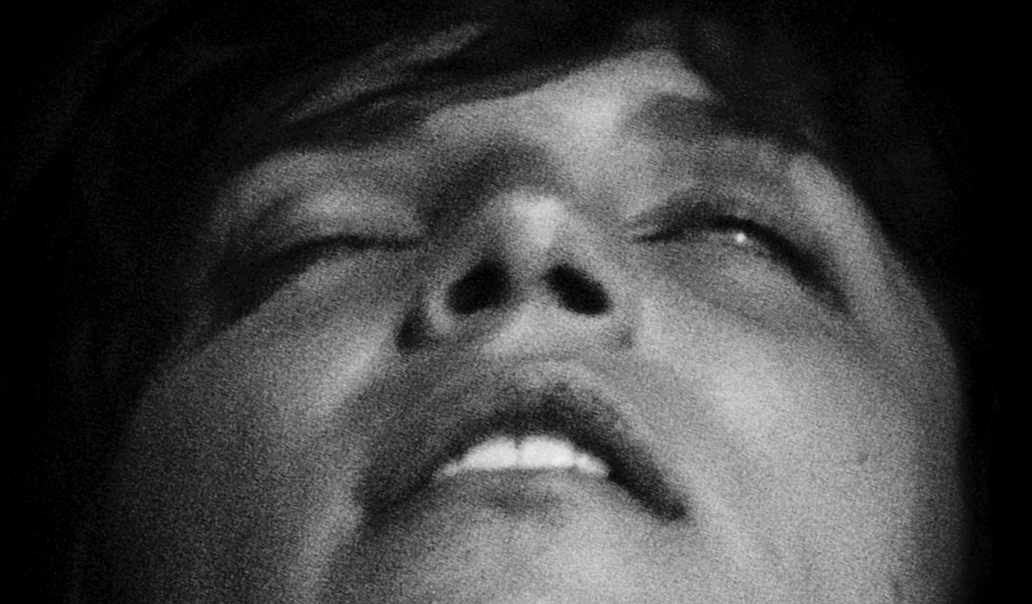Full Article With Many More Images on Patreon
All in all, this book is significant. It bears all the marks of an undervalued classic. It is a book that escapes the doldrums of photography and its representations to speak about something ecological and outside of the medium while also employing a handicraft that is notable in its tenacity. The photographs do brood, but how else could it be? There are a number of exceptional zoo projects out there, from German and English publications to the incredibly underrated work of Belgian great Michel Vanden Eeckhoud, of whom I am happy to say I spent some time. The zoo is a highly reflexive metaphor. What once seemed to promote observation and enjoyment at seeing nature dominated and for use as entertainment is a reflection of humankind’s lesser achievements in determining what is caged as insignificant, showcasing our unethical (one of the superior traits) behavior. Kazantsev and dienacht Publishing have hit all the marks. Do not miss out on this book! -Brad Feuerhelm

Original Specifications and Press Release
Relaxing Chamber is a continuously developing series of photographs that revolves around one common theme: the idea of consciousness in humans and animals. The images are motifs of human faces and animal forms, often not immediately recognisable. There are claws and tentacles, thrusting out, stiffened, at rest. And there are people, surrounded by a black void, some seemingly asleep, some in an ecstatic trance, others in contemplation. The project circles around the human psyche and concerns the archetypal symbolism of animals in collective unconscious memory, altered states of consciousness in trance and hypnosis, and related phenomena such as feelings of euphoria, isolation and dissociation in everyday life.
‘Relaxing Chamber’ (entomological term) is a container which has a very high humidity. When insects are dead long before pinning, rigor mortis develops, often resulting in body distortion. In such cases, a “relaxing chamber” is used to make them flexible.
The text by Dr. Christian Tudorache (Leiden University) offers an insight into the current state of the art regarding the consciousness in animals and traces the evolution of philosophical ideas, dating back to Aristotle, and scientific findings related to topic.
[…] the weight of evidence indicates that humans are not unique in possessing the neurological substrates that generate consciousness. Non-human animals, including all mammals and birds, and many other creatures, including octopuses, also possess these neural substrates.
The Cambridge Declaration on Consciousness, 2012
Aleksei Kazantsev (Slutsk, Belarus, 1975) is a visual artist working in the medium of photography. Lives and works in Antwerp, Belgium. He studied photography at the Royal Academy of Fine Arts Antwerp. His work intuitively and narratively stems from the visual heritage of archetypal images, as well as our collective unconscious memory, symbolism, hypnotic states, trance, liminal states of mind. The artist looks for a twist in reality. Using altered perspectives and distorted vision, he moves you to feel disorientation and to recognize the uncanny.
Exhibited in various galleries across Europe: Belgium (Pulsar, LWM18, National 55, Archiraar Gallery, Liège Photobook Festival, L’image sans nom, PAK-Gistel, Psychiatric Center Sint-Amandus); UK (pic.london festival, The Minories Galleries); Poland (Arsenal Gallery, Fundacia Villa Sokrates, Gray Mandorla Studio).Hard velvet cover with embossed photo
Black book edges
Duotone printing (two blacks)
Foil stamping on the spine
Size: 20 x 28 cm, 172 pages,
Book in a three-quarter printed slipcase
Text by Dr. Christian Tudorache (Leiden University)
Edition of 500 copies
58 € + shipping



